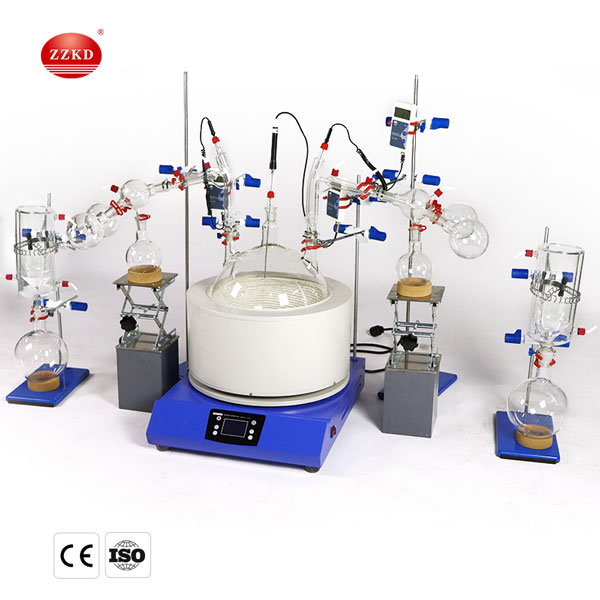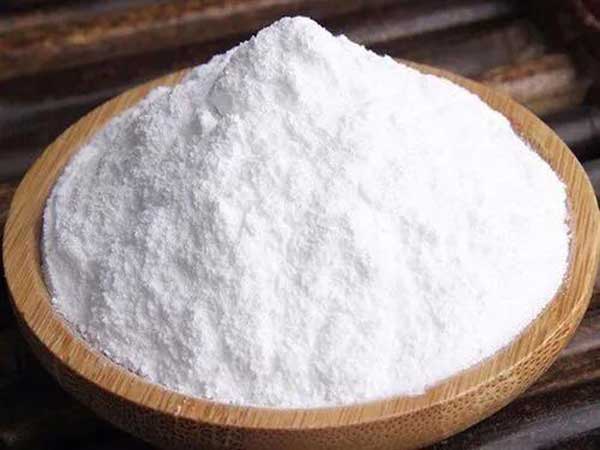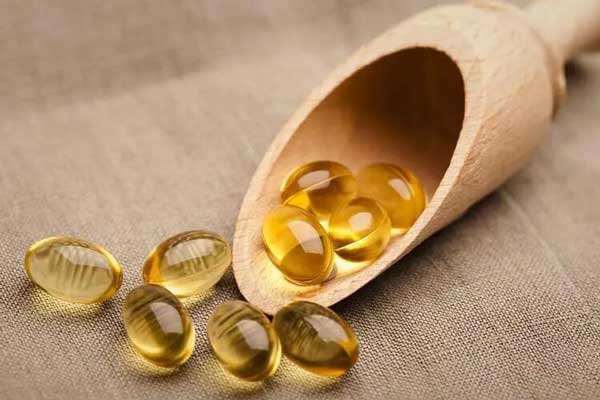News
Application Of Short Path Distillation Vs Molecular Distillation
Short path distillation vs molecular distillation
Molecular distillation is also called cdu 1000 distillation, but short-path distillation vs molecular distillation is essentially different. The two cannot be confused. Different distillation and distillation equipment should be selected according to different raw materials. The following is the difference between molecular distillation and short-path distillation.

Distillation process
In short-path distillation, the material is added from the top of the evaporator, and is continuously and evenly distributed on the heating surface by the material-liquid distributor on the rotor, and then the film scraper scrapes the material into an extremely thin, turbulent liquid film. And push down in a spiral. The light components escaping from the heating surface are condensed into liquid on the built-in condenser after a very short route and almost without collision, and flow down the condenser tube through the discharge tube at the bottom of the evaporator for discharge. ; The residual liquid, that is, the heavy components, is collected in the circular channel under the heating zone, and then flows out through the discharge pipe on the side.
Molecular distillation is based on the difference in the mean free path of molecular motion of different substances to achieve separation. In the distillation process, when the liquid mixture flows along the heating plate and is heated under a certain pressure condition, the light and heavy molecules will escape from the liquid surface and enter the gas phase. Molecules of substances move at different distances after escaping from the liquid surface. If a condensing plate can be properly installed (the distance between the condensing surfaces of the evaporation area is generally less than 100MM), the light molecules reach the condensing plate and are condensed and discharged, while the heavy molecules cannot reach the condensing plate. Drain along the mixture.
Application of Short Path Distillation in Oleochemical Industry
There are many high-molecular, high-boiling, heat-sensitive materials in oleochemistry and oil-related industries, such as monoglycerides, diglycerides, polyglycerols, polyglycerol esters, phospholipids, vitamin E, vitamin A, sterols, fatty alcohols, etc. , for their concentration, such as purification, has been powerless in the past, and has been satisfactorily solved by applying short path distillation vs molecular distillation.
(1) Distillation and purification of monoglycerides
Monoglycerides are used in the food industry as margarine emulsifiers, bread and pastry shortening agents, flour modifiers, as well as foaming agents, shape retention agents, etc. Monoglycerides also have many uses in the cosmetic industry. The distillation of high-purity glycerides requires short path distillation vs molecular distillation.
The boiling point of monoglyceride is much higher than the corresponding fatty acid, such as the boiling point of stearic acid at 133Pa pressure is 183C, while glycerol monostearic acid is 223C at 133Pa, and monoglyceride is 40°C higher. At the same time, it is difficult to purify the heat-sensitive material of monoglyceride by vacuum pump for short path distillation. The application of short-path distillation can separate monoglyceride from diglyceride and other substances such as glycerol in the reactant. The purity of distilled monoglyceride can reach more than 90%, and the recovery rate can reach 80%.

(2) Recovery of polyglycerol from glycerin residue
In the distillation and refining of crude glycerin, about 2.5% of the glycerol is lost in the stump, and a factory with an annual output of 4500t of glycerin loses more than 100t of glycerin products in the stump. Glycerol is a heat-sensitive high-boiling substance, the normal pressure boiling point of glycerin is as high as 290°C (decomposition), and partial polymerization and decomposition will occur at 204°C, and the boiling point of polyglycerol is even higher. However, the glycerol distillation residue containing 8.1% glycerol and 62.6% dipolyglycerol. Through short path distillation vs molecular distillation, under 50~120Pa vacuum, 85.5% glycerol phase was distilled at 150°C and 210°C, respectively. Two kinds of polyglycerol with a content of 73.4%.
(3) Distillation and concentration of sterols
Sterols are an important new drug source for the steroid drug industry, and also have important uses in medicine, cosmetics and artificial feed for silkworms. In the distillation process of producing fatty acids from fats and oils in my country, most of the sterols are destroyed by pyrolysis and oxidative degradation because the materials are subjected to high temperature for a long time in the gap distillation still. In falling film distillation, only about half of sterol can be retained. By short path distillation vs molecular distillation, the sterols in the lower leg of the oil can be concentrated 4-6 times. For example, the acidified oil recovered from oryzanol is hydrolyzed and short-path distillation, and the sterol in the distilled black foot is increased to 20%~27%.
(4) Vitamin E distillation concentration and purification
Deodorized distillates from the refining of soybean oil, rice bran oil, and some other edible oils are rich in Vg in considerable amounts. Using it as a raw material, after pretreatment, a secondary short-path distillation device with a production capacity of 80kg/m2.h is used to obtain a content of 60% Vr from the raw material containing 10%~15% Vr at 200C and 0.1Pa. % ~70% paste VE, the recovery rate can be as high as 80%. If further purified, Vz products with purity close to 100% can also be obtained. For the synthesis of vitamin E, using short path distillation vs molecular distillation, the crude product with a content of 91.9% can be purified to a refined product with a content of more than 96%, and the total distillation rate can reach 90%~92%.

(5) Concentration of vitamin A
The separation of vitamin A from cod liver oil can be achieved by short-path distillation, with a concentration of 9.6 times and a yield of 70%. Good equipment VA yield can be increased to 87%. During the concentration process of short path distillation vs molecular distillation, only about 5% is destroyed.
(6) Other oleochemical applications
At present, short-path distillation is increasingly showing its advantages in the oleochemical industrial fields of fatty acids and their derivatives, fatty acid dimers, vegetable oils, tall oils, epoxidized oils, fatty alcohols, terpene esters, antioxidants, etc. The advantages of high quality, high efficiency and economy are widely used.
The above is the difference between molecular distillation and short-path distillation, as well as some industrial applications of short-path distillation. If you are interested in our short-path distillation equipment, please leave a message below.
Send Us Message
Your message was sent successfully.
Sorry!Something Went Wrong.
